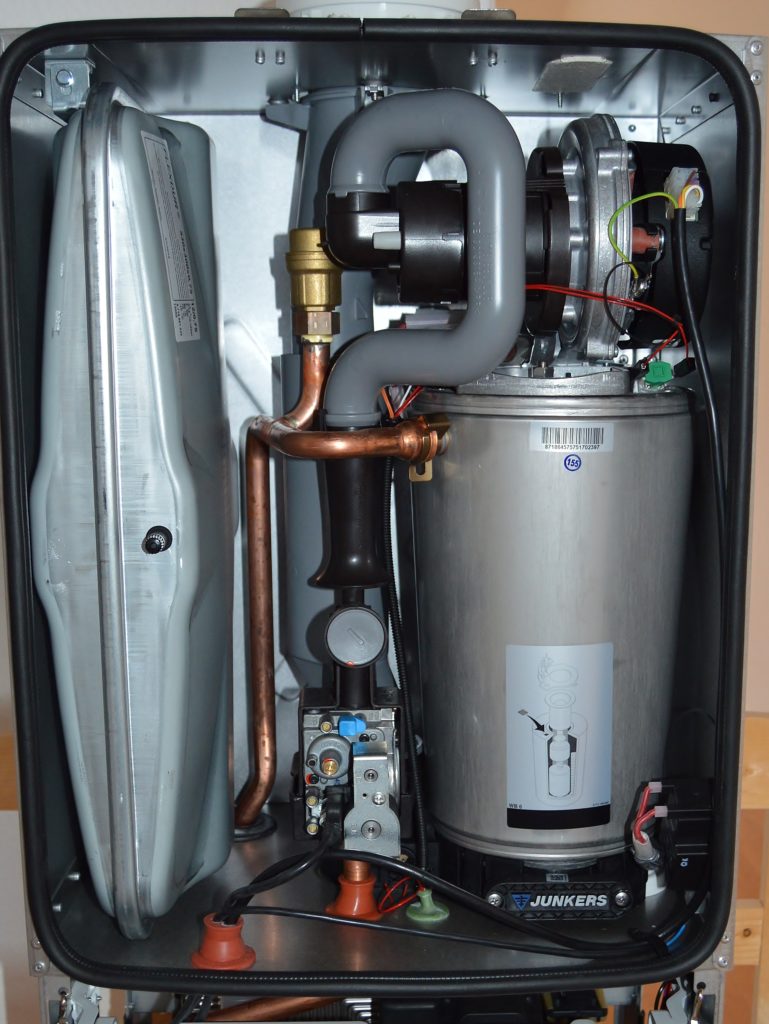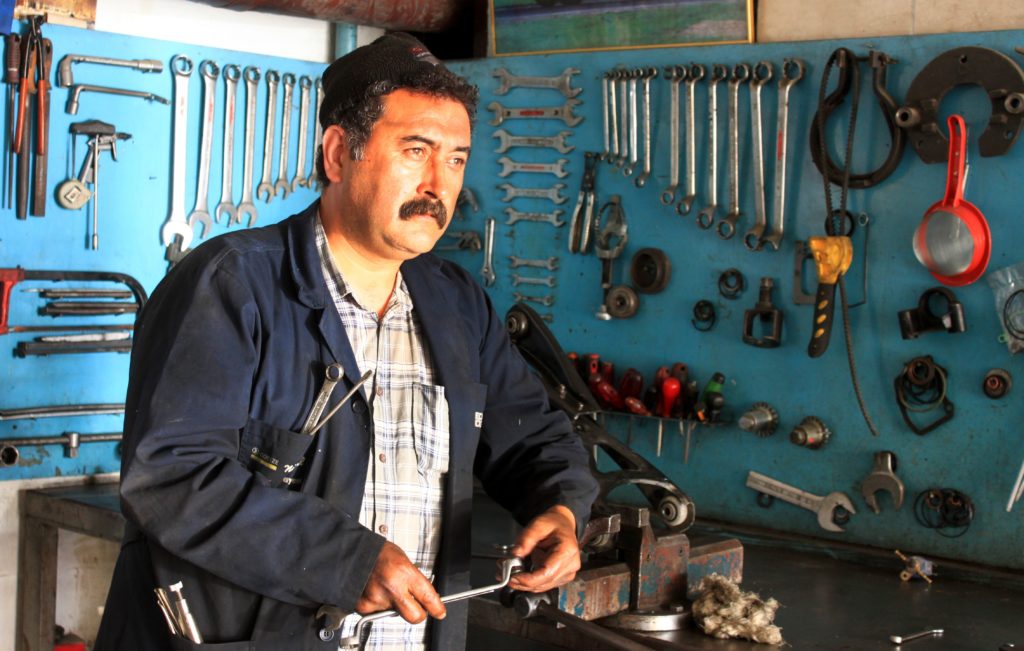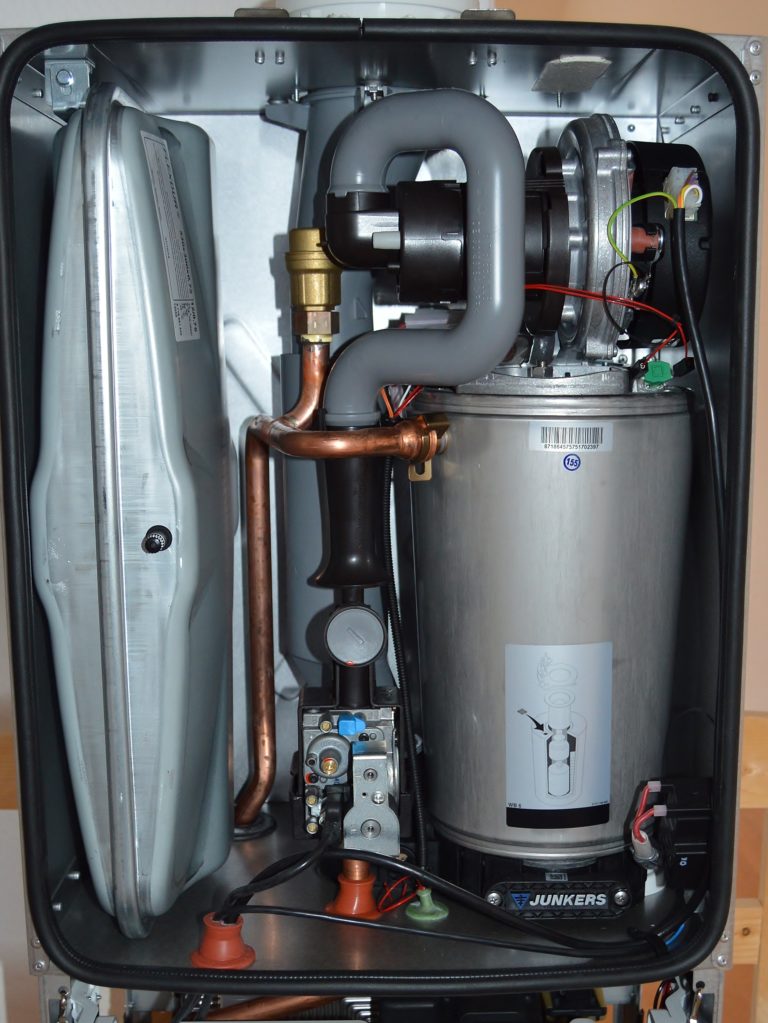
Through a vital service in hot water supply and household warming, residential boilers add to the comfort level of any home. If you want your boiler to always perform at its optimum best and enjoy that level of comfort throughout the winter season, boiler maintenance is a must.
Additionally, if you take care of your boiler properly and ensure that maintenance are done properly and on a regular basis, you can expect your boiler to last up to 25 to 30 years. In fact, regular maintenance will also help avert accidents and ceaseless repairs. These maintenance will also boost household safety and boost the efficiency of your boiler.
We’ll start by covering every part that needs to be inspected, before moving to a checklist you can follow when scheduling boiler maintenance.
Key Items that Need to Be Inspected
- Air Vents and Flues
Air vents and flues can become blocked by the accumulation of dirt and dust. If the air vents and flues are blocked, the boiler will not work efficiently. This specifically applies to gas boilers, however. Have the technician inspect the vents and flues and clear the passage if any blockage has occurred. - Water Level
You can check the water level of the boiler on your own. A check every fortnight or so is generally recommended. A boiler that’s operating without water will become damaged beyond repair and can even lead to an accident that endangers the lives of your family members. You want to make sure that the pilot light is on when you have to check the water level. If the water level is indeed below the minimum, you can tend to do it yourself if only a few minor adjustments in the set-up is required. Otherwise, have an expert check the plumbing and correct any faults. - Leaks
Leaks are rather common in residential boilers and may happen during normal usage of the boiler. It doesn’t matter what your boiler runs on, whether it is gas or fuel, the leaks will generally occur through the valves. Leaks usually signpost that some adjustments are needed in the system. And if you do notice damaged or worn out parts in the boiler, you’ll need to find someone who can repair and/or replace these parts. - De-Scaling
The use of hard water typically gives rise to excessive lime-scale in the boiler. If left unattended, lime-scale will accumulate in the boiler. This accumulation can prevent the boiler from working as it should by hampering the heating capacity of the boiler. Keep an eye out for this – if you detect lime-scale limit going beyond the recommended limit, you will have to de-scale your boiler. - Lubrication
Without appropriate lubrication, the mechanical systems will not work properly. Lubricating on a regular basis is essential for the smooth operation of any residential boiler as lubrication supports the working capacity of most mechanical systems in the boiler. You’ll have to make sure that the boiler parts that are frequently in motion, such as the fan and pumps, are also routinely lubricated.
Two Things You Have to do Routinely

- Clear all Dust
Because dust easily and quickly collects in boiler rooms, you will have to check the boiler room regularly. The boiler operations allow the dust to accumulate easily and you’ll have to clear any dust in sight regularly. Also, remember to inspect all the boiler parts thoroughly as any dust accumulation will affect the system and prevent it from working well. Hence, to ensure optimal efficiency, be sure to clean all areas that are prone to developing dust build-up, including fans. - Flushing
To remove dirt, grit and lime-scale that accumulate in the interior of the boiler, you will have to clear all the water from the boiler a couple of times per year by flushing out all water from the boiler. This will make cleaning the interior of the boiler easier.
In addition to checking these parts, it is important to follow a regular maintenance schedule to minimize the risks of breakdowns. Below is a schedule you can follow:
Annual Maintenance
The below items need to be inspected, cleaned and/or recalibrated by a heating contractor at least once a year, generally June and September:
- Fireside surfaces
- Burner refractory material
- Manhole gaskets – to check for leaks
- All system and safety valves
- Low water cut-off
- All operating controls
- Feedwater pumps
- Condensate receiver
- Electrical terminals
- Fuel oil levels
Periodic Maintenance
The following items need to be monitored and maintained either continuously or on a more regular basis:
- The oil level in the compressor lube tank
- Oil filters
- Sight glasses
- Air filters
- Flush drain low water cut-offs/sidearm oil pre-heater and water-line heater
- Clear sludge and sediment, and control chemical treatment concentrations
- Smoke alarm
- Combustion
- Burner controls
- Burner operation
- Traps
- Pipe inspection

